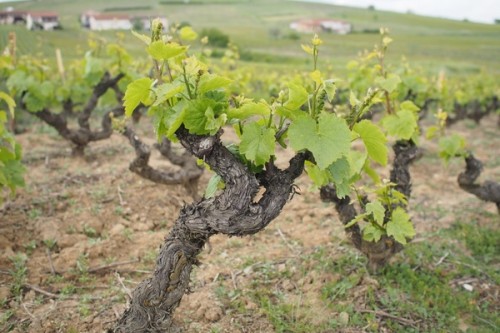
I’m just preparing for a seminar on The New Faces of Beaujolais, and it has got me thinking about what it makes to create a healthy, dynamic wine region?
As wine journalists, we can be a bit obsessed by the novel, or people working at the boundaries. Does this distract us from recognizing and celebrating the mainstream, or the normal, or the established? This is always a possibility. Having said this, there are certain features shared by healthy regions.
The first is opportunity. It seems strange to say it, but the obvious success of a region can become a problem. Take Burgundy. On the face of it, Burgundy is a huge success story. It is world famous, it’s making wines that sell for lots of money, and lots of winegrowers there are financially comfortable.
But there’s very little opportunity for the next generation. For the young winegrowers in the region, there’s no chance that they will be able to purchase vineyard land and build a domaine, even with SAFER. For those where there’s land in the family, this is now worth so much that when the domaine changes hands through inheritance, those who want to carry on as winegrowers won’t be able to afford to buy out their siblings. And the price of grapes and strong market for wines means that winemakers often play it very safe.
And then in the New World we can look at Napa. Here, there’s a similar problem. The price of grapes means that economically winemakers have to produce a $100 Cabernet, and get the requisite critic scores, which forces them into a style, unless they are very brave. The success of Cabernet means that other grapes are getting squeezed out. Land prices are such that you can’t, as a young winegrower, hope to buy a vineyard and make your sort of wines. There is no opportunity here.
The second is good soils. You can make a good wine through careful viticulture and winemaking, but to make a great wine you need good soils, too (of course, we are assuming that there’s a favourable climate, but climate itself is not enough to make great wine). Beaujolais has some very good soils, and the work by Sicavac charting the soil types throughout the region is a tremendous asset: we can now have fun trying to unpick the association between soils and wine character. For now, all we can say is that some soils make better wines than others, and different soils produce wines that taste different.
Thirdly, there’s the market. It’s not enough just to make a great wine. You need to be able to sell it. If people are willing to buy a wine, then you are able to make it. It sounds obvious, but in part it’s the growing market for interesting wine that allows more and more producers to make interesting wine. One of the most important bits of sustainability is financial, and regions where people are going broke aren’t healthy and can’t afford to be dynamic.
Finally, I think attitude matters a lot. People willing to look after their soils and farm sustainably, or organically. And people who are adventurous, making interesting wines that speak of place rather than style. If a wine region doesn’t have the right attitude, it can become boring. I think it’s very hard to keep doing the same thing year after year, with no change or willingness to change, and still produce something interesting.
1 Comment on What makes for a healthy, dynamic wine region?


Good comment about being shoe-horned into a certain style if the land’s worth millions. Where I work in Terra Alta land prices are reasonable. There is a certain pressure to use “local” grapes but apart from that you have plenty of liberty.